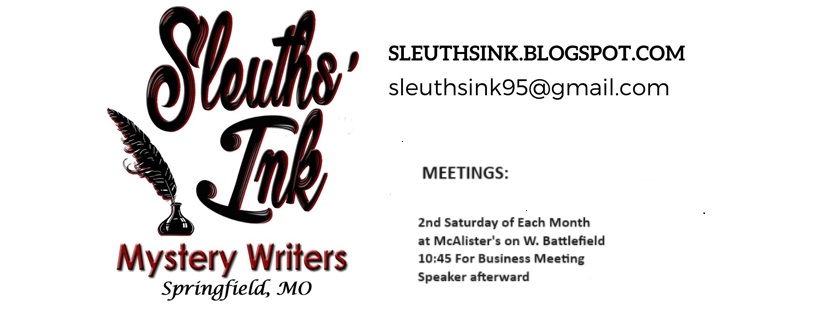
Solving mysteries is what I do. In my case, its usually historical mysteries and enigmas, I’m the perfect person to write a guide to the latest Dan Brown novel, The Lost S
 ymbol. This is my fourth such guide book after, Cracking The Da Vinci Code, Illuminating Angels & Demons, and The Dan Brown Companion. I think I have Mr. Brown figured out by now.
ymbol. This is my fourth such guide book after, Cracking The Da Vinci Code, Illuminating Angels & Demons, and The Dan Brown Companion. I think I have Mr. Brown figured out by now.So, what were the major mysteries of The Lost Symbol? Well, they certainly weren’t in the same controversial league as the previous novel, The Da Vinci Code – but mysteries there are nevertheless. As a British based author, I suddenly found myself faced with a mountain of research to undertake on the foundations of the United States, its founding fathers, the seemingly Masonic origins of many of the symbols and iconography associated with the formation of this new state and of whether secret societies had a hand in this creation. It was one of the most interesting research endeavors I have ever undertaken.
One of the major eye opening mysteries that I looked into, was the seemingly sacred and secret layout of Washington, DC. This beautiful city on the banks of the Potomac river is at first glance an elegant and well designed array of streets and boulevards that show a high degree of architectural skill and forward thinking design. However, when you look deeper you find that other hands may well have been at play when this city that was to rise from the swampland was designed and planned. There are obvious symbolic elements and Masonic meanings encoded within the very fabric of the city. The way streets are aligned and laid out, the placement of buildings and monuments, and the number symbolism inherent within the measurements of many of the original buildings, all points to a unified and symbolic meaning encoded within DC. It was wonderful to see and understand, like a fog had been lifted, and I could see a glimpse of the original idea.
What makes the Dan Brown books so absorbing is the way he weaves such factual elements into the fabric of his thrillers. In The Da Vinci Code, he had us all wondering whether a great religious and sacred secret was to be found in the south of France, in Angels & Demons he introduced many people to the brilliant artist and sculptor, Bernini, for the first time. In The Lost Symbol, he once again introduces the reader to some deep and interesting themes. Science is represented by noetics, religion by the ideas of such men as Jefferson, Franklin and Washington, art by the amazing Albrecht Durer. It all adds up to a compelling and addictive mix that involves you as a reader and engages you as a researcher.
The Lost Symbol is a pretty good book in the end. Not as immediate as The Da Vinci Code and not as dynamic as Angels & Demons, but its much more of a slow burner. A book that challenges you to look deeper and think more about belief, tolerance and the fundamental meaning of things.
My guide book, Decoding The Lost Symbol, is published in the United States on November 3rd, by Touchstone/Simon & Schuster. I hope it inspires some people to look at the bibliography and some of the entries, with an eye to looking further into some of the mysteries of the past. Your past.
For those of you interested in knowing more, or who want to contact me directly, I am on Facebook under my name, on Twitter (@FindSimonCox) and have a website at www.decodingthelostsymbol.com, where you will also find details of a fabulous conference I have put together for November 8th in Los Angeles.
Simon Cox


